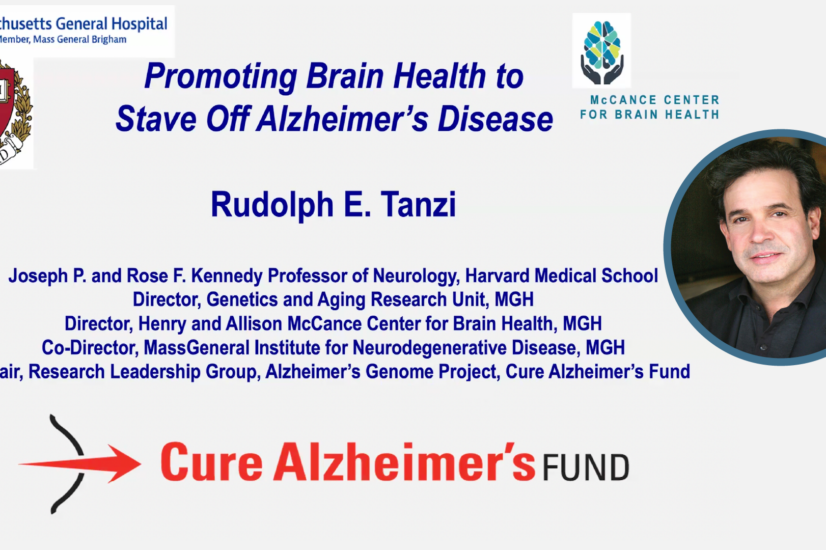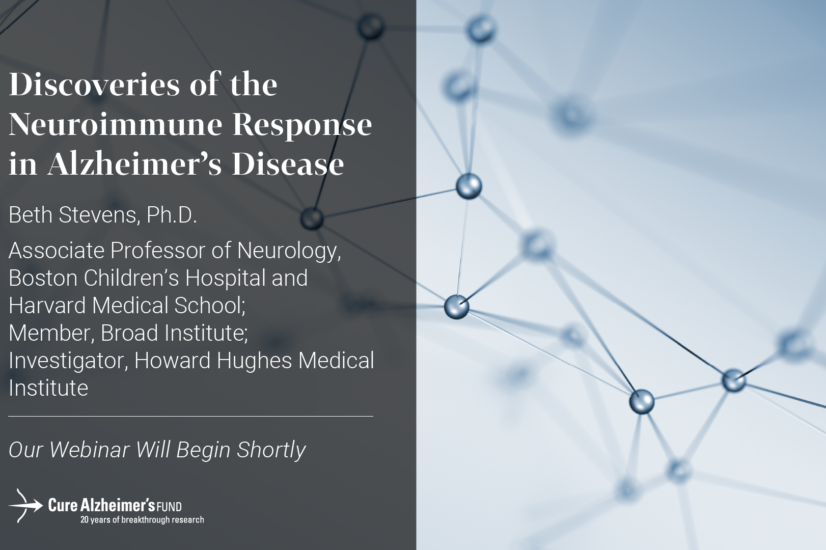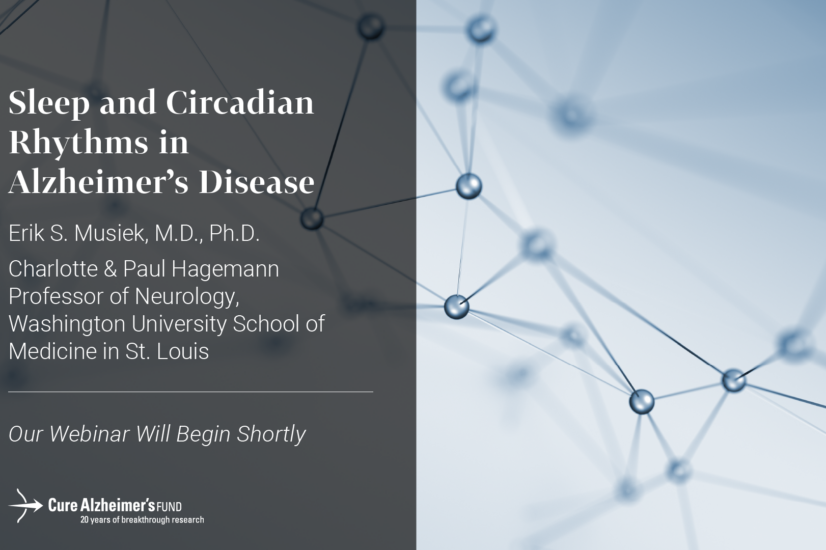
Posted October 6, 2021

With unfavorable conditions, the normally helpful astrocytes can become inflammatory and release a substance that is toxic to neurons. In a breakthrough discovery after years of searching, researchers have identified the toxic substance as saturated lipids. These toxins induced the death of nearby injured neurons and contributed to neurodegeneration in the brain. Studies demonstrated that eliminating a key enzyme in the production of the lipid toxins made the astrocytes much less toxic. Targeting this enzyme may be of future therapeutic potential for AD.
The study was led by CureAlz Research Leadership Group member, Dr. Shane Liddelow from New York University Langone Medical Center. The results appeared in the prestigious scientific journal Nature.
“A lipid toxin is not what we expected, but we think it is a fascinating finding and could open up a host of new research avenues,” Dr. Liddelow told ALZFORUM, an online community resource dedicated to Alzheimer’s disease research.
The pursuit of the elusive toxin was originated by the late Dr. Ben Barres, a CureAlz investigator, who was a pioneer in the field of glial biology in health and disease. Astrocytes are the glial guardians of the brain: quiescent astrocytes in response to injury and neurodegeneration become inflammatory and transition into reactive states promoting cell death as an attempt to clear away damaged cells. In recent years, accumulating scientific evidence suggests that reactive astrocytes may also be contributing to cell death and neurodegeneration that occurs during Alzheimer’s disease.
In the study’s first set of experiments to uncover the elusive toxin, the research team stimulated quiescent astrocytes to become reactive. At first, the researchers suspected that the toxin may have been a protein that the reactive cells secreted in their cell culture medium. To the scientists’ surprise, none of the suspected proteins in the medium were toxic. What the researchers did uncover, however, was that the reactive astrocyte medium contained a higher load of the lipoproteins APOE and APOEJ, both with ties to Alzheimer’s disease.
APOE and APOEJ are the most abundant lipoproteins in the brain. As the name suggests, lipoproteins are complex molecules made of proteins and lipids. When the researchers depleted the lipoproteins from the reactive astrocyte medium, they saw that this manipulation made the medium less toxic. Even though this was the first hint at the source of the toxicity, it was still unclear if it was the protein or the lipid component of the lipoproteins that made them toxic.
To investigate which part was the source of toxicity, the research team first tested the medium without the APOE and APOEJ protein parts of the lipoproteins. But this medium was still toxic, suggesting that these two proteins were not the culprits. In contrast, the medium without the lipid parts of the lipoproteins abolished the toxicity.
Now that the scientists had zeroed in on the toxic lipid component of lipoproteins, they next wanted to understand the exact nature of those lipids. To do this, they profiled the lipids in reactive astrocyte medium and found that there was a substantial upregulation of long-chain saturated lipids, which are normally low in quiescent astrocytes. Could the scientists finally have found the toxic culprits?
In a final set of experiments, eliminating the enzyme in astrocytes integral to the production of longer-chain saturated lipids overturned the toxicity and promoted survival of damaged neurons that would have otherwise quickly died off. Still, the effect was not entirely complete, prompting the research team to suggest that while the identified long-chain saturated lipids are at least one type of the long-sought neurotoxins, astrocytes may also be secreting additional factors that remain to be identified. Thanks to the breakthrough results of this study, the research puts a spotlight on lipid dysregulation as a potential contributing factor in neurodegeneration and Alzheimer’s disease. The research suggests that halting the production of the toxic long-chain saturated lipids holds potential for Alzheimer’s and other neurodegenerative diseases.
Shane Liddelow, Ph.D., New York University Langone Medical Center
Published Paper: Nature
https://www.nature.com/articles/s41586-021-03960-y
Alzforum Article:
https://www.alzforum.org/news/research-news/elovl-hurts-enzyme-makes-lipids-turn-astrocytes-toxic





